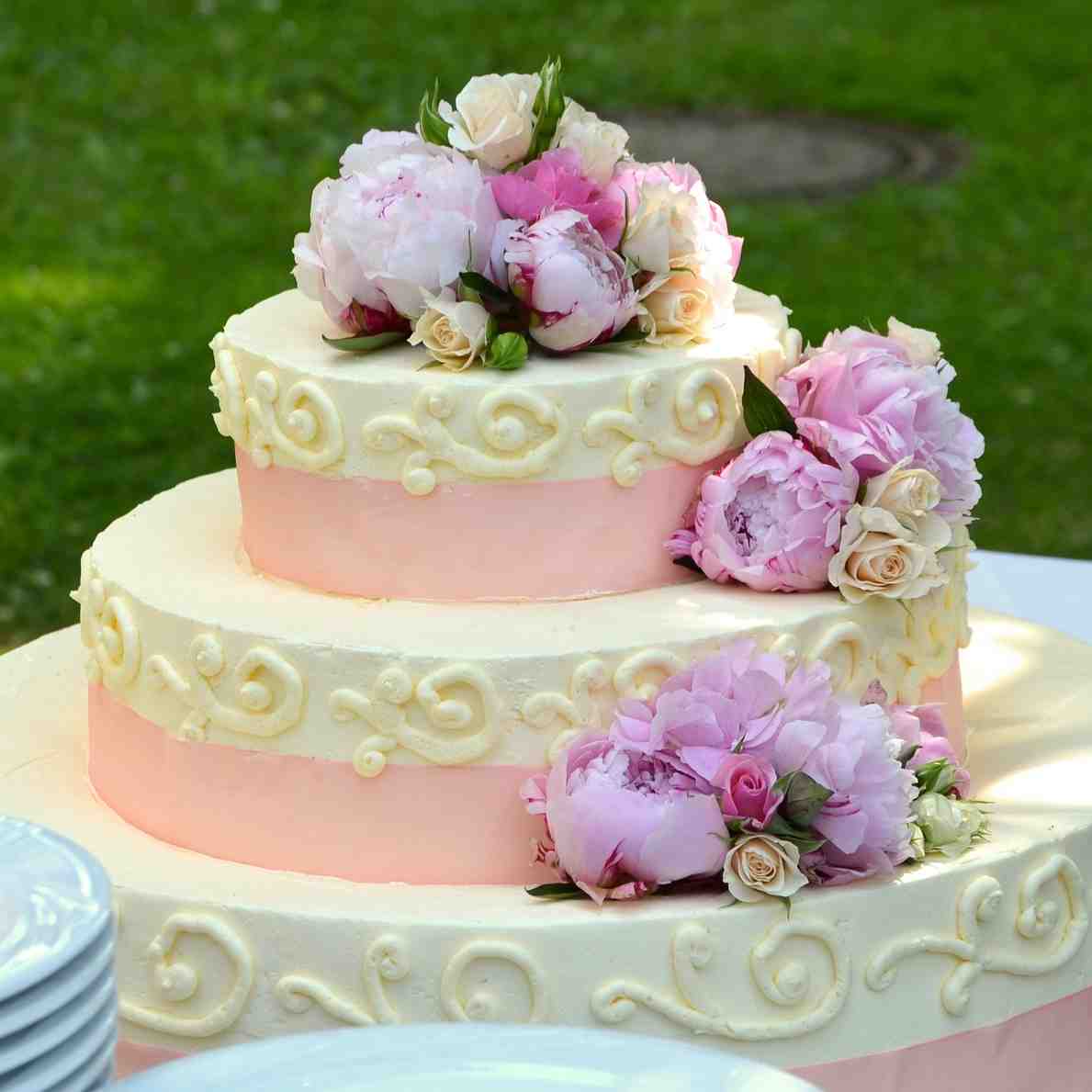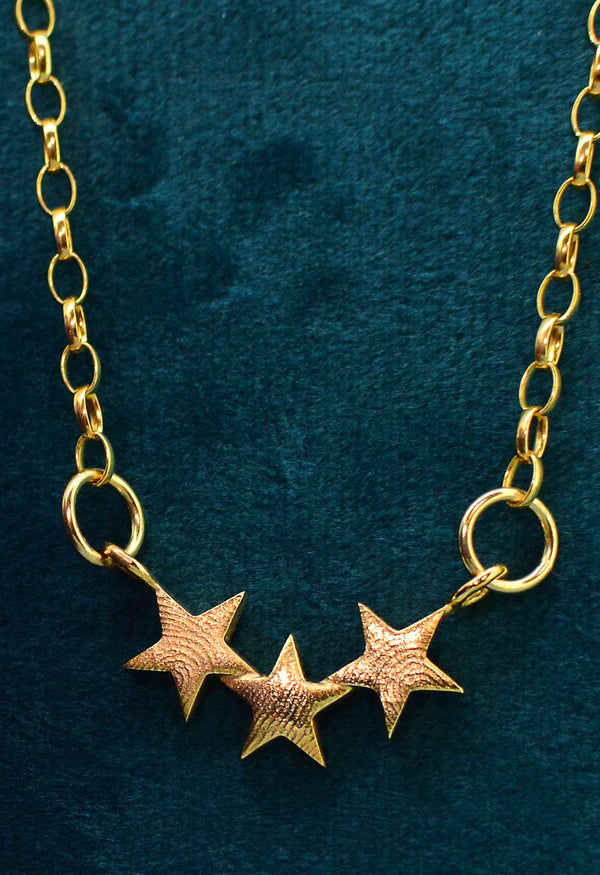Your Cart is Empty
~ Waiting List in Operation ~ Please Ask Before Ordering ~
~ Personalised jewellery to treasure forever ~
~ Waiting List in Operation ~ Please Ask Before Ordering ~
~ Personalised jewellery to treasure forever ~

6 Best Loved English wedding traditions and origins
June 11, 2018 3 min read
English weddings are marked with a variety of customs and traditions. But have you ever wondered where they came from and how they started? Here are the origins of some of our best-loved wedding traditions, with a surprising amount having originated in England.
The Banns
The banns of marriage is a notice announcing your intention to marry, which is placed in the local church or registry office once the date for your wedding has been set. This notice is often read out in the church or Town Hall. The name “banns” comes from an Anglo-Saxon term meaning “to summon”.
The banns has been published in England since the 16th century, with the purpose of giving people the chance to object if they felt there was any reason why the couple should not be married. Valid reasons would include one partner already being married to someone else, a vow of celibacy having been taken, or if the two parties were related to each other in a prohibited way.
Even today, a marriage is not legal in England unless the banns has been published or a marriage licence has been obtained.
Something Old, Something New…
This bridal custom comes from an Old English rhyme which read: “Something olde, something new, something borrowed, something blue, a sixpence in your shoe”.
The “something old” was traditionally thought to ward off evil spirits, but today it is seen as representing continuity, with many brides choosing to wear a piece of jewellery belonging to their mother or grandmother.
“Something new” represents hope for the future, and can be a gift from the groom to the bride, or even the wedding dress itself.
The “something borrowed” should specifically be borrowed from a happily married friend or relative, to bring your own union good luck, while the “something blue” represents love, purity and fidelity.
The sixpence in your shoe represents prosperity, and these days is entirely optional!
White Wedding Dress
White wedding dresses are now commonly worn by brides in many countries around the world. Surprisingly, however, this tradition only began in 19th century England, when Queen Victoria chose to wear a long white dress for her wedding to Prince Albert in 1840.
Prior to this, brides had worn dresses of many different colours, including yellow, blue and even black, sometimes embroidered with white or silver thread. Following Queen Victoria’s marriage, a white dress became a symbol of money and status, which was only adopted by many brides in the early 20th century.
Tossing the Garter
The symbolism of the groom throwing the bride’s garter to the crowd also began in England, during medieval times. When the newlyweds made their way to the bedchamber to consummate the marriage, their wedding guests would follow them. As they did so, they would tear at the bride’s dress, as it was thought to bring good luck to leave a wedding with part of the wedding gown.
To save the bride’s blushes at having her clothes torn from her in public, the tradition grew of the groom throwing the garter to the crowd, who would be waiting outside the door to check the deed was done!
The tradition of the bride throwing her bouquet has the same origins, as she would often throw her flowers as a distraction while trying to run away from the crowds with her new husband. In time, this evolved into the bouquet being thrown into a crowd of all the single women at the wedding, with whoever catches it said to be the next to marry.
Tiered Wedding Cake
Another English wedding tradition which has since spread around the world is that of the tiered wedding cake, which the couple cut together to bring good luck to their marriage. The idea of a tiered cake originated in Anglo-Saxon times, when at the feast after the wedding ceremony, cakes would be piled as high as possible on top of each other. The bride and groom had to try and kiss over the pile of cakes without knocking it over!
The Best Man
Anglo-Saxon England was a pretty violent place, and men would sometimes kidnap women in order to marry them. Often the bride’s family would pursue the kidnapper, trying to fight him in the church to prevent the couple from marrying. In case this happened, the groom would often bring a trusted friend with him to the church as back-up in case a fight broke out.
The best man stands on the groom’s right, so he can fight with him if necessary, while the bride stands on the groom’s left so his sword-arm is free.
Leave a comment
Comments will be approved before showing up.
Subscribe
Sign up to get the latest on sales, new releases and more …

Join the Club
WE'RE SO PLEASED TO SEE YOU!
Stay a while and look around.
While you're here, why not subscribe to our newsletter?We'll give you £20 off your first order, VIP access to new products, and access to our very special sample sales.We promise not to annoy you (honest).
